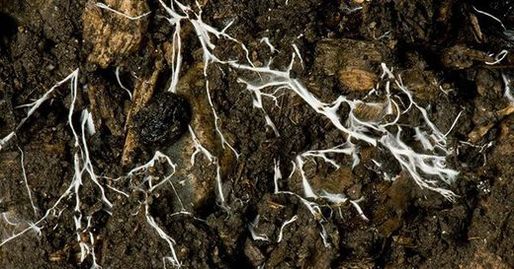Hidden beneath the surface and entangled in the roots of Earth's astonishing and diverse plant life, there exists a biological superhighway linking together the members of the plant kingdom in what researchers call the "wood wide web". This organic network operates much like our internet, allowing plants to communicate, bestow nutrition, or even harm one another.
The network is comprised of thin threads of fungus known as mycelium that grow outwards underground up to a few meters from its partnering plant, meaning that all of the plant life within a region is likely tapped into the network and connected to one another. The partnership of the roots of plants and the fungi is known as mycorrhiza and is beneficial for both parties involved; plants provide carbohydrates to the fungi and in exchange, the fungi aids in gathering water and providing nutrients such as phosphorus and nitrogen to its partnering plant.
This fungal network has been found to allow plants to aid one another in growth and flourishing. University of British Columbia graduate Suzanne Simard was the first to show that trees such as the Douglas fir and Paper birch were capable of transferring carbon to smaller trees that may not be receiving enough sunlight, allowing seedlings to grow in the shade of other trees. Simard believes that many of the world's seedlings would not be able to survive if it weren't for the lifeline this network provides.


 RSS Feed
RSS Feed